The USSI sound science Blog
The USSI sound science Blog provides interesting, innovative, and thought-provoking content from our engineering and staff experts as it relates to sound & noise control.
Spring-loaded screw could be a cheaper form of soundproofing
"Known as the Revolutionary Sound Absorbing Screw (or the Sound Screw for short), the device was created by a team at Malmö University, led by senior lecturer Håkan Wernersson. It consists of a threaded section at the bottom, a coil spring in the middle, and a section with a flat head at the top."
This is an interesting and promising new product for
noise control in drywall applications. When the manufacturing gets sorted out States-side,
I'm curious to see how the costs compare to resilient channel systems. If it proves out,
this could be a game changer.
Article and Image Courtesy of News Atlas
FERC Noise Compliance Assessment - Part 6 of The FERC 55 dB(A) Ldn Requirement series
In this post, we will consider what it takes to demonstrate compliance with the FERC noise
requirement for natural gas compressor stations and LNG facilities. This is applicable after the
project has been approved, the facility is constructed, and it is ready to be placed into service.
(The process can also apply to non-FERC post-construction noise tests as well.)
FERC Resource Report 9 Noise Section - Part 5 of The FERC 55 dB(A) Ldn Requirement series
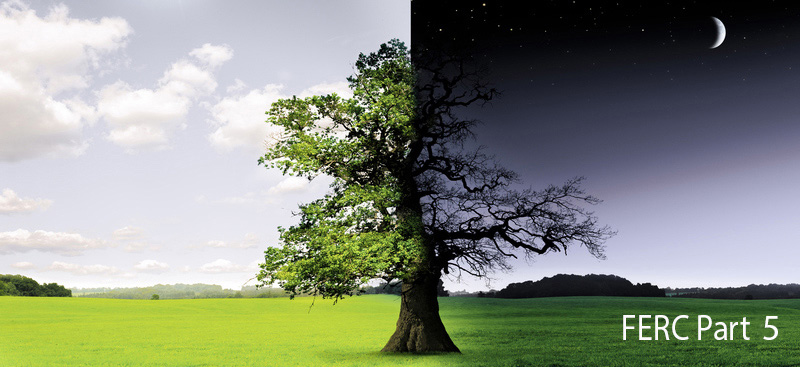
In Part 1 of this series, I defined the Ldn metric in words, mathematically, and by example. In Part 2, I detailed how a continuous sound level of 48.6 dB(A) is equivalent to 55 dB(A) Ldn. In Part 3, we focused on the key phrase “the noise attributable to” to make clear that the noise generated by the compressor station or LNG facility is what is regulated (i.e., not combined with the ambient sound). I highlighted the fact that facilities can be located in relatively quiet or loud environments and this is part of FERC’s consideration. In Part 4, we looked at where the regulation applies and described what an NSA is. With the prerequisites under our belts, we can address the needs of completing a FERC Resource Report 9 (“RR9”) Noise Section. The required elements to be included are dictated by C.F.R. 380.12(k). The FERC-published Guidance Manual for Environmental Report Preparation prescribes the implementation.
READ FULL POST
Noise Sensitive Area, “NSA” - Part 4 of The FERC 55 dB(A) Ldn Requirement series
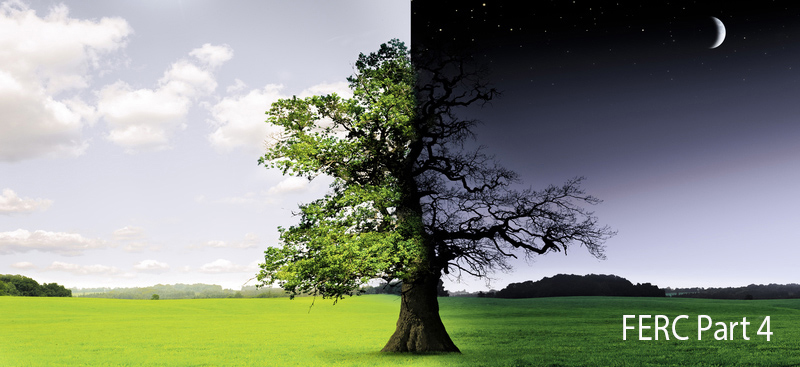
Any good noise ordinance or regulation should specify where the sound level limit shall apply. Typical examples include specifying a certain distance away from operating equipment or perhaps along a facility property line. The compliance measurement should be taken at the location(s) where the rule applies. The FERC sound level limit applies "at any pre-existing noise-sensitive area (such as schools, hospitals, or residences" (18 CFR § 380.12). In this post, we will consider some practical aspects related to identifying, defining, and assessing sound levels at NSAs.
READ FULL POST
The Great Distinction - Part 3 of The FERC 55 dB(A) Ldn Requirement series
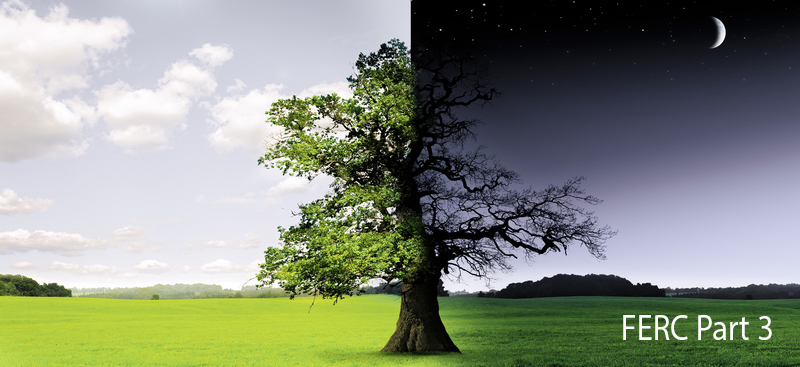
There is a very important distinction to be made, which if not dealt with appropriately can cause significant problems. The distinction to be made is between the following:
- Compressor station sound level contribution
- Background or Ambient sound level
FERC places the sound limit on the noise attributable to the compressor station. In this blog post, we look at the regulatory language and emphasis on these distinctions.
READ FULL POST
The Continuous 48.6 dB(A) Equivalence (FERC Part 2)

Have you ever come across a
statement like the following and wondered what it meant exactly?
The FERC noise regulation limits compressor station noise contributions to no more than 55 dB(A) day-night average (Ldn) or equivalently, no more than a continuous 48.6 dB(A) at the surrounding noise sensitive areas (NSAs) such as schools, hospitals, or residences.
Perhaps you saw it in a FERC Resource Report 9 or some other filing. For this post, I want to show
you the meaning behind the phrase "…or equivalently, no more than a continuous 48.6
dB(A)."
READ FULL POST
The FERC 55 dB(A) Ldn Requirement – Part 1: Definitions

In
this post, we need to get a little technical. However, it is well worth it to understand what
exactly 55 dB(A) Ldn is, as this will lay the foundation for the following
posts, which discuss how the Ldn is implemented in practice. I describe the
Ldn in words and mathematically. I also shed some light on the 10 decibel
penalty and show some of the (correct) variations in nomenclature.
READ FULL POST
The FERC 55 dB(A) Ldn Requirement - Introduction
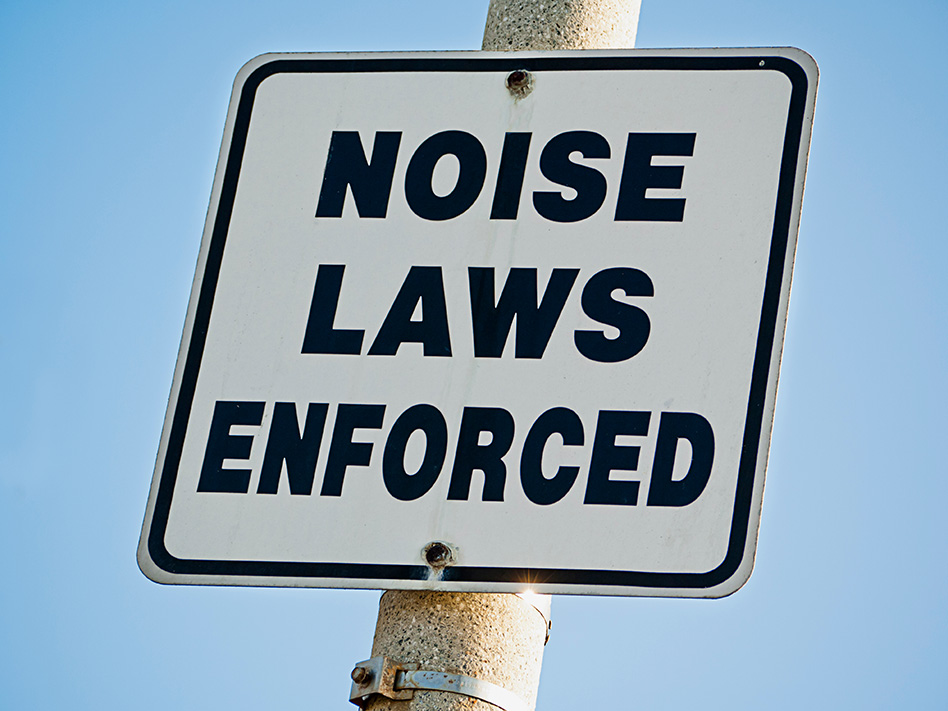
The Federal Energy Regulatory
Commission ("FERC" or "Commission") noise limit of 55 dB(A) Ldn is the
only game in town when it comes to placing environmental sound level limits on oil and gas
transmission facilities at the federal level. If you work on projects involving gas compressor
stations or LNG facilities, then it is worthwhile to understand what this noise limit is and how it
works in practice. The regulatory landscape for environmental noise from industrial facilities was
covered in my previous blog post. Throughout the next several posts, we are going to take a deep
dive into the ins and outs of the FERC noise limit, in bite-sized noise control morsels.
READ FULL POST
Noise Regulations for Oil & Gas
When it comes to regulating noise caused by industrial facilities in the oil and gas industry, the
first thing that might come to mind is the worker protections regulated by OSHA (U.S. Occupational
Health and Safety Administration). OSHA establishes an action level of 85 dB(A) for a standard
8-hour work shift and sets the permissible exposure limit (PEL) at 90 dB(A) for the time-weighted
average sound exposure. It is fair to say that within the boundaries of an industrial facility,
typically there are applicable noise regulations. However, for noise that escapes the facility
boundaries, which may impact public and private spaces, there are few, if any, noise regulations
applicable to a given project. In this post, we will explore the regulatory landscape pertaining to
environmental noise from industrial sources as they might impact people.
READ FULL POST
Acoustical Rules of Thumb and Demystifying the Decibel
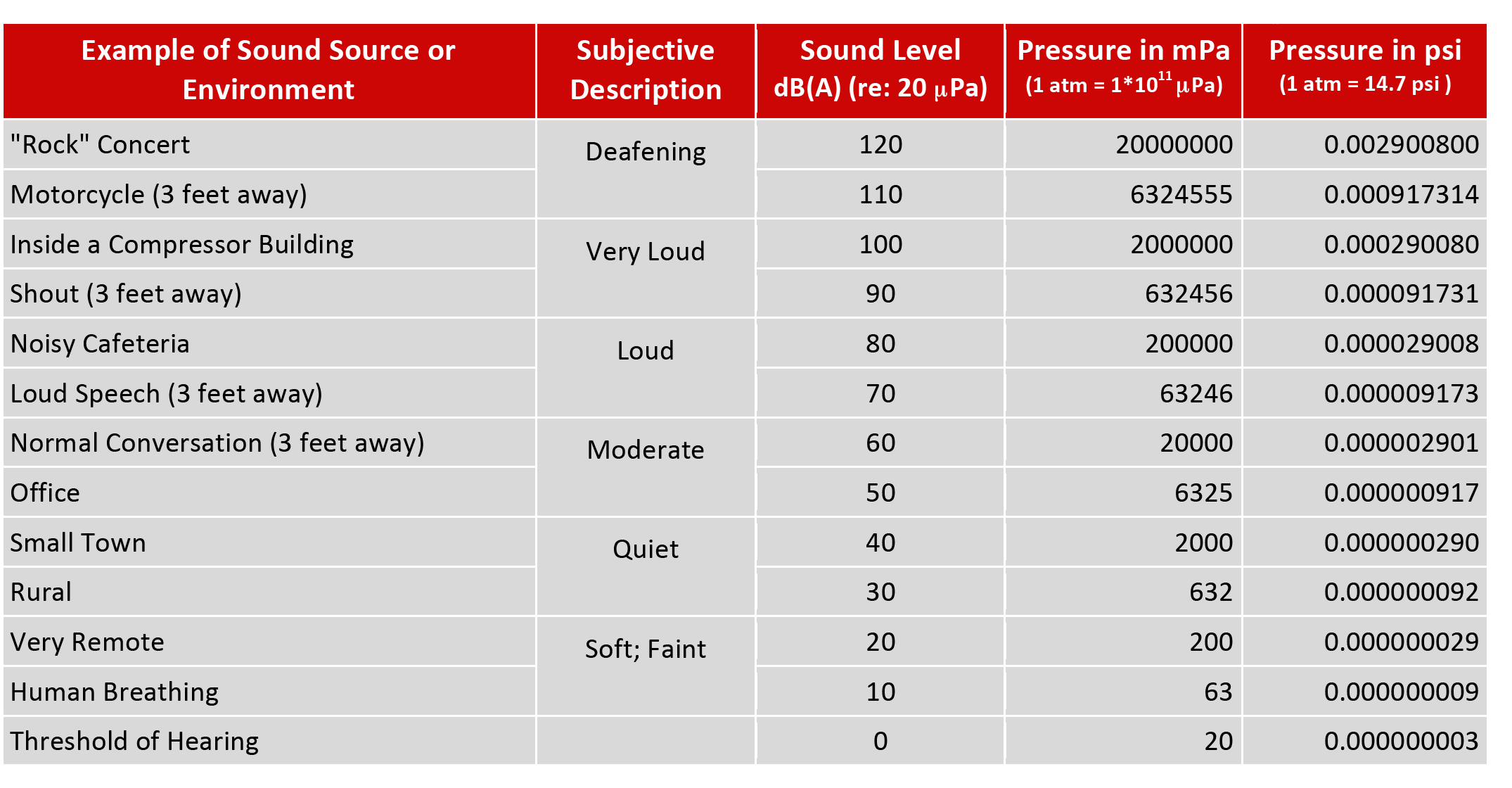
Decibels can
cause confusion. For example, if a bird is singing its song at a sound level of 60 dB(A) and another
one joins in at the same volume, then the total sound level is not 120 dB(A), it is actually 63
dB(A). Also, there is a general lack of familiarity with how decibel sound levels are related to how
loud a sound is perceived. Lastly, if you attempt to seek out a definition of a decibel, you will
likely find one that is written for or by an engineer, which may or may not be helpful. In this
post, I will start with real-world examples of decibels in action
(see above), provide some context and rules of thumb, and work up to the formal definition,
which is not really necessary in order to gain a working knowledge of decibel sound levels.
READ FULL
POST
What are “sound frequencies” anyway?
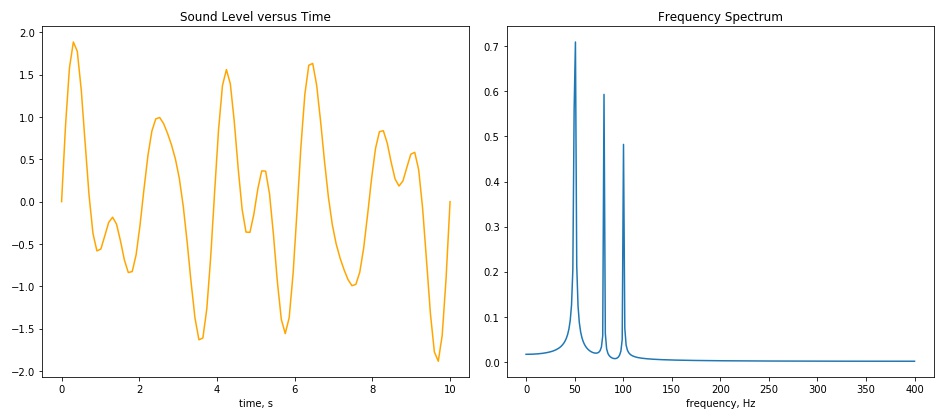
If you have ever encountered a noise problem,
you have probably heard your subject matter expert talk about "frequencies." This is a
short-hand way of talking about the frequency content of the noise control problem at hand. It is a
critically important consideration, because noise control treatments are generally most effective at
a particular frequency, or range of frequencies. Some noise regulations even specify sound level
limits on a per-frequency basis.
READ FULL POST
The Fundamental Tenet of Noise Control - and Why It is Important to Understand It
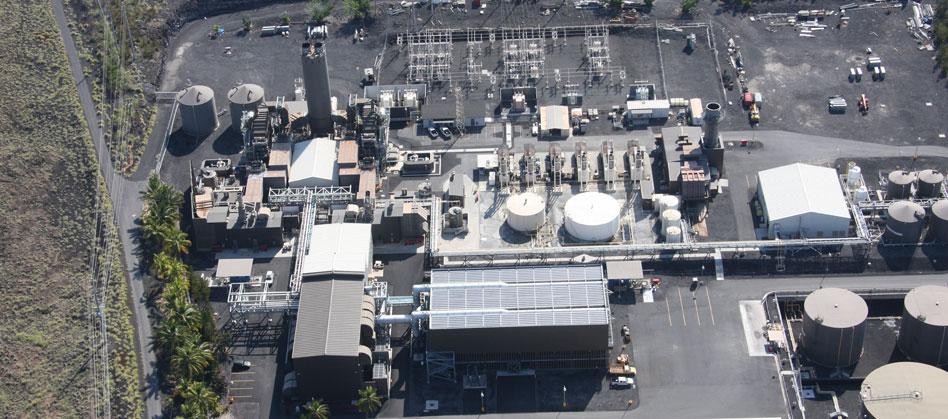
The fundamental tenet of noise control design
is "Treat the loudest source(s) first." A simple illustration should quickly make the
point. If your neighbor is blasting his high-powered stereo so loud that you can barely hear your
reasonably-sized bluetooth speaker, it doesn't help the overall noise level if you turn your
speaker down; it is still too loud! Your neighbor won't even notice whether your speaker is on
or off. Industrial noise control must recognize this dynamic and as such, is very much a top-down
process.
READ FULL
POST
Should I consider noise control on every project?
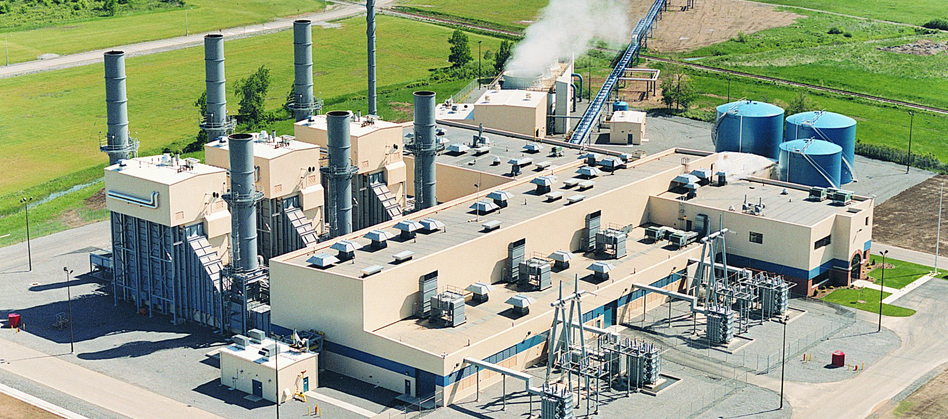
Should I consider noise control on every project? The simple
answer is yes. Every. Single. One. It could simply start by asking the question, "do we think
noise might be an issue here?" and go from there. If the answer is a confident "no,"
then you are done and you move on. If the answer is "yes," or "I'm not
sure," then more work is needed. I have three arguments for why to consider noise control on
every project. I'll start with the simplest and usually the most convincing.
READ FULL POST
What is Noise Control?
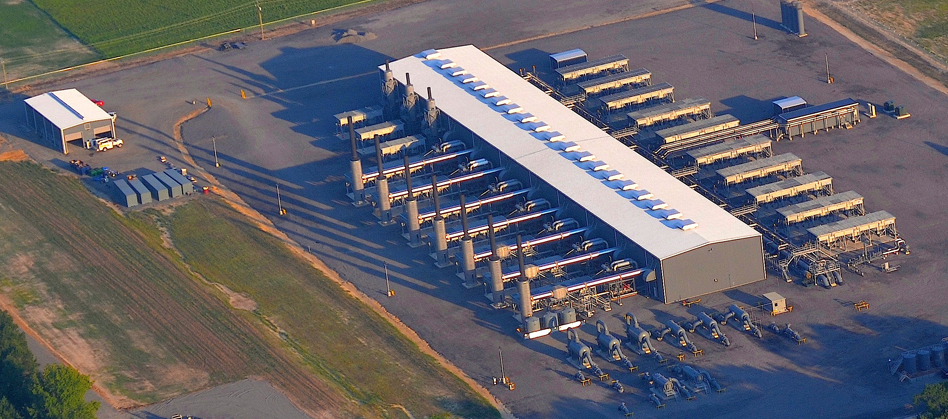
A simple definition of "noise control" is the
reduction or mitigation of unwanted sound. Sound is a physical phenomenon; more specifically, sound
is pressure fluctuations in the atmosphere (or any fluid). Noise is unwanted sound, which relies on
someone's perception of sound. A good way to remember the difference is to think of the age-old
question, "if a tree falls in the woods, does it make a sound?" The answer is yes, it does
make a sound; however, it may not make noise, depending on whether someone is there to hear it and
be bothered by it.
READ FULL
POST
FERC Noise Requirement Final Comments - Part 7 of The FERC 55 dB(A) Ldn Requirement series
If I can leave this FERC noise requirement series with one take-away, it is this: for FERC noise
projects, an experienced subject matter expert in acoustics or noise control should be sought; with
particular emphasis on experience with FERC projects. This almost goes without saying, but
oftentimes noise is not front and center on a project manager’s radar, since there are many moving
parts to consider on large natural gas projects.
FERC Noise Compliance Assessment - Part 6 of The FERC 55 dB(A) Ldn Requirement series
In this post, we will consider what it takes to demonstrate compliance with the FERC noise
requirement for natural gas compressor stations and LNG facilities. This is applicable after the
project has been approved, the facility is constructed, and it is ready to be placed into service.
(The process can also apply to non-FERC post-construction noise tests as well.)
FERC Resource Report 9 Noise Section - Part 5 of The FERC 55 dB(A) Ldn Requirement series

In Part 1 of this series, I defined the Ldn metric in words, mathematically, and by example. In Part 2, I detailed how a continuous sound level of 48.6 dB(A) is equivalent to 55 dB(A) Ldn. In Part 3, we focused on the key phrase “the noise attributable to” to make clear that the noise generated by the compressor station or LNG facility is what is regulated (i.e., not combined with the ambient sound). I highlighted the fact that facilities can be located in relatively quiet or loud environments and this is part of FERC’s consideration. In Part 4, we looked at where the regulation applies and described what an NSA is. With the prerequisites under our belts, we can address the needs of completing a FERC Resource Report 9 (“RR9”) Noise Section. The required elements to be included are dictated by C.F.R. 380.12(k). The FERC-published Guidance Manual for Environmental Report Preparation prescribes the implementation.
READ FULL POST
Noise Sensitive Area, “NSA” - Part 4 of The FERC 55 dB(A) Ldn Requirement series

Any good noise ordinance or regulation should specify where the sound level limit shall apply. Typical examples include specifying a certain distance away from operating equipment or perhaps along a facility property line. The compliance measurement should be taken at the location(s) where the rule applies. The FERC sound level limit applies "at any pre-existing noise-sensitive area (such as schools, hospitals, or residences" (18 CFR § 380.12). In this post, we will consider some practical aspects related to identifying, defining, and assessing sound levels at NSAs.
READ FULL POST
The Great Distinction - Part 3 of The FERC 55 dB(A) Ldn Requirement series

There is a very important distinction to be made, which if not dealt with appropriately can cause significant problems. The distinction to be made is between the following:
- Compressor station sound level contribution
- Background or Ambient sound level
FERC places the sound limit on the noise attributable to the compressor station. In this blog post, we look at the regulatory language and emphasis on these distinctions.
READ FULL POST
The Continuous 48.6 dB(A) Equivalence (FERC Part 2)

Have you ever come across a
statement like the following and wondered what it meant exactly?
The FERC noise regulation limits compressor station noise contributions to no more than 55 dB(A) day-night average (Ldn) or equivalently, no more than a continuous 48.6 dB(A) at the surrounding noise sensitive areas (NSAs) such as schools, hospitals, or residences.
Perhaps you saw it in a FERC Resource Report 9 or some other filing. For this post, I want to show
you the meaning behind the phrase "…or equivalently, no more than a continuous 48.6
dB(A)."
READ FULL POST
The FERC 55 dB(A) Ldn Requirement – Part 1: Definitions

In
this post, we need to get a little technical. However, it is well worth it to understand what
exactly 55 dB(A) Ldn is, as this will lay the foundation for the following
posts, which discuss how the Ldn is implemented in practice. I describe the
Ldn in words and mathematically. I also shed some light on the 10 decibel
penalty and show some of the (correct) variations in nomenclature.
READ FULL POST
The FERC 55 dB(A) Ldn Requirement - Introduction

The Federal Energy Regulatory
Commission ("FERC" or "Commission") noise limit of 55 dB(A) Ldn is the
only game in town when it comes to placing environmental sound level limits on oil and gas
transmission facilities at the federal level. If you work on projects involving gas compressor
stations or LNG facilities, then it is worthwhile to understand what this noise limit is and how it
works in practice. The regulatory landscape for environmental noise from industrial facilities was
covered in my previous blog post. Throughout the next several posts, we are going to take a deep
dive into the ins and outs of the FERC noise limit, in bite-sized noise control morsels.
READ FULL POST
Noise Regulations for Oil & Gas
When it comes to regulating noise caused by industrial facilities in the oil and gas industry, the
first thing that might come to mind is the worker protections regulated by OSHA (U.S. Occupational
Health and Safety Administration). OSHA establishes an action level of 85 dB(A) for a standard
8-hour work shift and sets the permissible exposure limit (PEL) at 90 dB(A) for the time-weighted
average sound exposure. It is fair to say that within the boundaries of an industrial facility,
typically there are applicable noise regulations. However, for noise that escapes the facility
boundaries, which may impact public and private spaces, there are few, if any, noise regulations
applicable to a given project. In this post, we will explore the regulatory landscape pertaining to
environmental noise from industrial sources as they might impact people.
READ FULL POST
Acoustical Rules of Thumb and Demystifying the Decibel

Decibels can
cause confusion. For example, if a bird is singing its song at a sound level of 60 dB(A) and another
one joins in at the same volume, then the total sound level is not 120 dB(A), it is actually 63
dB(A). Also, there is a general lack of familiarity with how decibel sound levels are related to how
loud a sound is perceived. Lastly, if you attempt to seek out a definition of a decibel, you will
likely find one that is written for or by an engineer, which may or may not be helpful. In this
post, I will start with real-world examples of decibels in action
(see above), provide some context and rules of thumb, and work up to the formal definition,
which is not really necessary in order to gain a working knowledge of decibel sound levels.
READ FULL
POST
What are “sound frequencies” anyway?

If you have ever encountered a noise problem,
you have probably heard your subject matter expert talk about "frequencies." This is a
short-hand way of talking about the frequency content of the noise control problem at hand. It is a
critically important consideration, because noise control treatments are generally most effective at
a particular frequency, or range of frequencies. Some noise regulations even specify sound level
limits on a per-frequency basis.
READ FULL POST
The Fundamental Tenet of Noise Control - and Why It is Important to Understand It

The fundamental tenet of noise control design
is "Treat the loudest source(s) first." A simple illustration should quickly make the
point. If your neighbor is blasting his high-powered stereo so loud that you can barely hear your
reasonably-sized bluetooth speaker, it doesn't help the overall noise level if you turn your
speaker down; it is still too loud! Your neighbor won't even notice whether your speaker is on
or off. Industrial noise control must recognize this dynamic and as such, is very much a top-down
process.
READ FULL
POST
Should I consider noise control on every project?

Should I consider noise control on every project? The simple
answer is yes. Every. Single. One. It could simply start by asking the question, "do we think
noise might be an issue here?" and go from there. If the answer is a confident "no,"
then you are done and you move on. If the answer is "yes," or "I'm not
sure," then more work is needed. I have three arguments for why to consider noise control on
every project. I'll start with the simplest and usually the most convincing.
READ FULL POST
What is Noise Control?

A simple definition of "noise control" is the
reduction or mitigation of unwanted sound. Sound is a physical phenomenon; more specifically, sound
is pressure fluctuations in the atmosphere (or any fluid). Noise is unwanted sound, which relies on
someone's perception of sound. A good way to remember the difference is to think of the age-old
question, "if a tree falls in the woods, does it make a sound?" The answer is yes, it does
make a sound; however, it may not make noise, depending on whether someone is there to hear it and
be bothered by it.
READ FULL
POST



